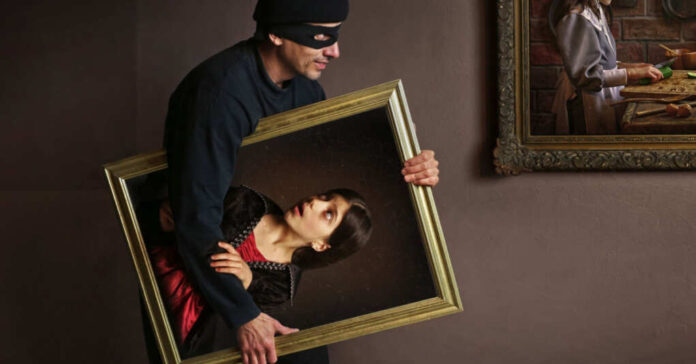
On April 10th, the US National Stolen Art File (NSAF) was published for public use by the Federal Bureau of Investigation (FBI). This app-based tool represents a database of stolen artwork as well as culturally significant artifacts. While initially available only to the FBI and people inside the art industry, by making it available to everyone they now open the door to more people searching for these lost treasures.
Colleen Childers of the FBI’s art crime program says the agency isn’t done yet. “One of the biggest evolutions for NSAF was making it publicly available. Now, with the new mobile upgrade that we’ve undergone, we want to continue to push to make it a more user-friendly platform.” Her statement is music to the ears of museums and private citizens the world over.
The app features the capability to search and filter art by description, location, and genre. The FBI is also able to receive tips directly through the interface, and users can share their information with others. The app has been released across all mobile platforms and is available to amateur art sleuths for free.
Sadly though, the FBI is coming into the stolen art game a day late and a dollar short.
In 2014 the art crimes team of Italy’s Carabinieri rolled out an app to target cultural heritage crimes. This app was state-of-the-art for the time and is still considered by many to be the premier choice. However, in 2021 International Criminal Police Organization (Interpol) launched the ID-Art app. This tool gives a much broader database of stolen art, and it also reports and records the location or research of art related to at-risk cultural heritage sites and objects.
All these tools make the recovery of long-lost art ultimately more possible, and they can be a great helper for people who love to hunt garage sales for bargains. While stolen art popping up in garage sales is not anywhere near as common as it was 20-30 years ago, it still happens.















